DROSOPHYLLUM CLOSE TO UBRIQUE (Spain)
In July 2001, I went in South Spain looking for natural surroundings.
Let's imagine the surroundings, it's a country, cut in two strongly contrasting
parts: the thin coastal plain and the inland part of the country with deep mountains. The sea is pretty
cold because of the ocean not too far, but on the other hand, the air is overheated, so that causes
particularly thick morning fogs, coming from broad to the interior of the country. One morning when
I woke up, this fog was everywhere so I couldn't see anything. About midday the mist is evaporating
as if by magic, and let the sun becoming the sky's master. The natural surroundings where we can
find carnivorous plants is in the mountains, not so close to the sea, but enough to be foggy in
the morning.
I can contemplate a typically Mediterranean landscape: the abrupt mountainsides
are colonized by heathers, brooms, and boxwood, while the valley's bottom and the soft slopes are
planted by cork oaks, chestnut trees and food crops. The mineral kingdom isn't neglected, it
completely conditions the landscape, revealing cliffs and rocks behind the plants.
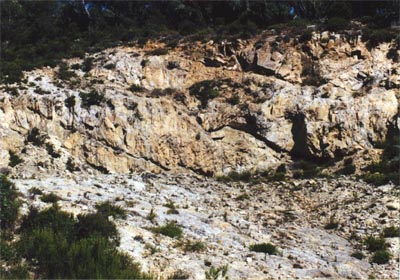
|
Sandstone outcrop visible from the road.
The white ground is strewn whith rocks and stones which took down from
the cliff. This place turns out to be an old quarry. The ground is warm, not hot as I've
imagined.
|
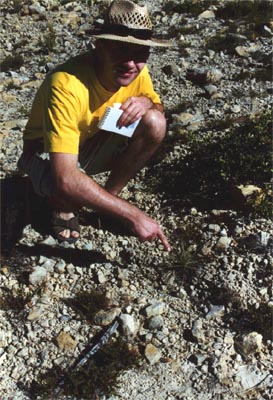
|
Lionel Léoplodès showing a young seedling of Drosophyllum.
|
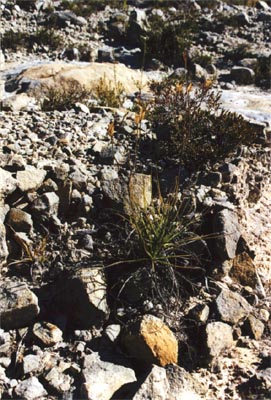
|
Two floral scapes carrying many flowers of which each one will produce about ten seeds.
These two plants of Drosophyllum produced about sixty seeds.
|
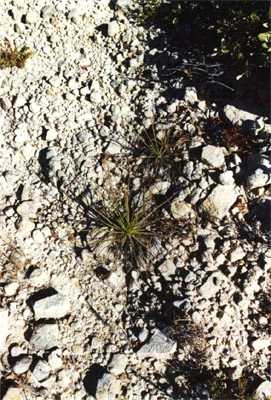
|
Top view of a seedling which is about eight inches in diameter.
|
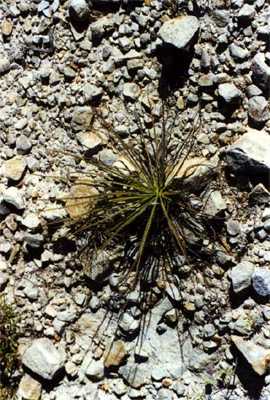
|
Beautiful seedling which is about twelve inches in diameter.
|
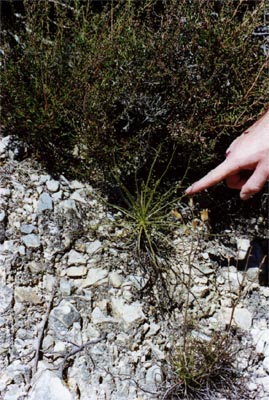
|
|
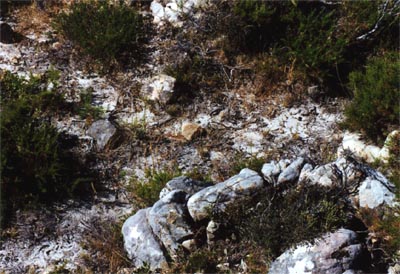
|
The vegetation is of the scurb type. We can
find heathers and various thorn-bushes.
|
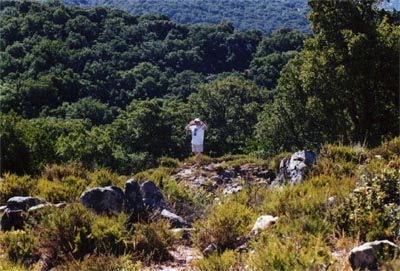
|
In the back ground, we can see a forest of
holm oaks, cork oaks, and boxwood.
|
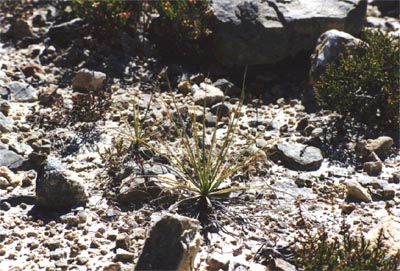
|
|
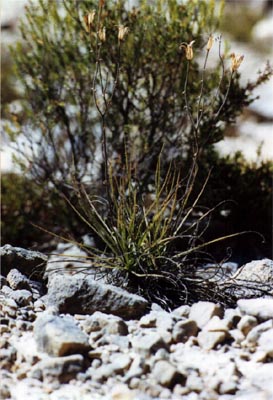
|
The seedlings which flowered during the year
are getting tired and loosing a big part of their foliage.
|
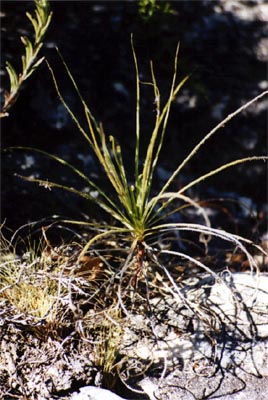
|
|
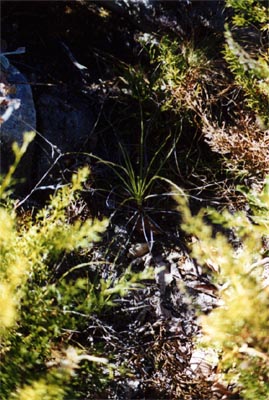
|
|
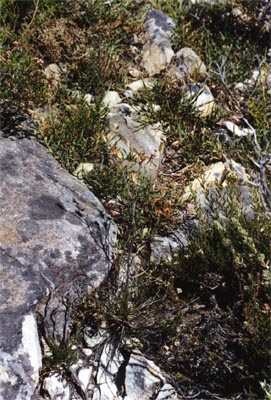
|
We can see a Drosophyllum flowered plant in the center of the picture.
|
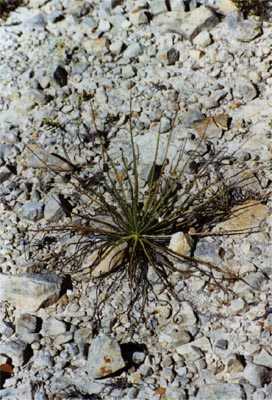
|
|
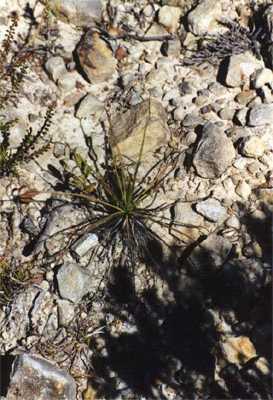
|
|
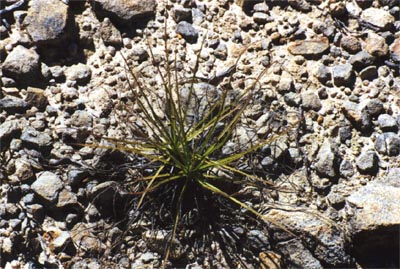
|
The ground is of calcareous and sandstone. It is made up with 90%
of mineral matter, mainly gravel, sand and particles about the milimeter (0.4 inch).
|
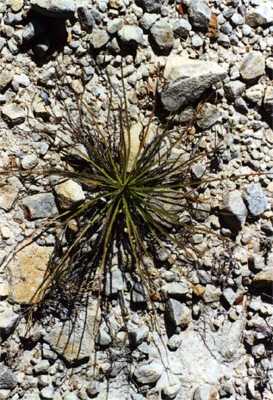
|
|
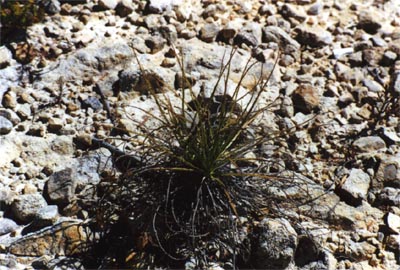
|
|
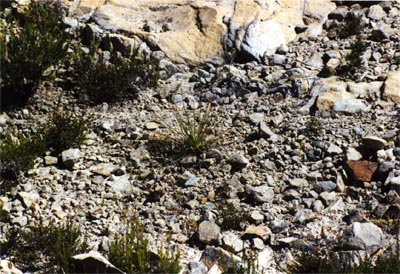
|
|
Textes et photos, Lionel Léopoldès, toute reproduction interdite sans l'accord de l'auteur


















